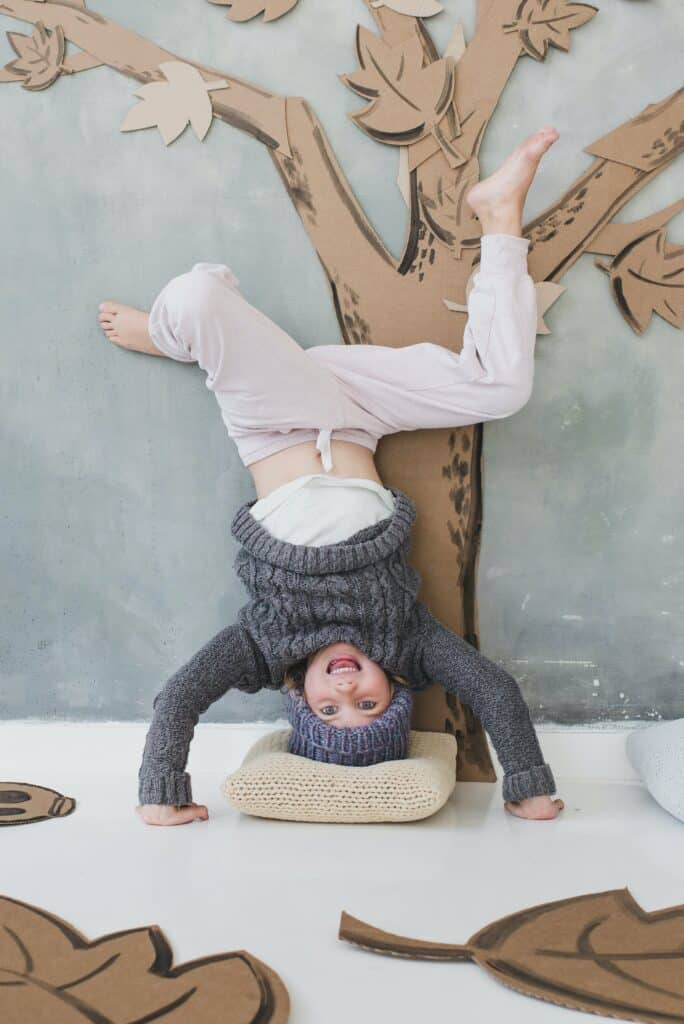If you are already familiar with the concept of self directed learning for toddlers, or as it is sometimes called, ‘child-led learning‘ or self-led learning, scan down to the examples listed below.
However, if you are new to this learning format, take a few minutes first to familiarize yourself with how it works. Doing so will make the learning sessions that much more functional.
What is Self-led Learning?
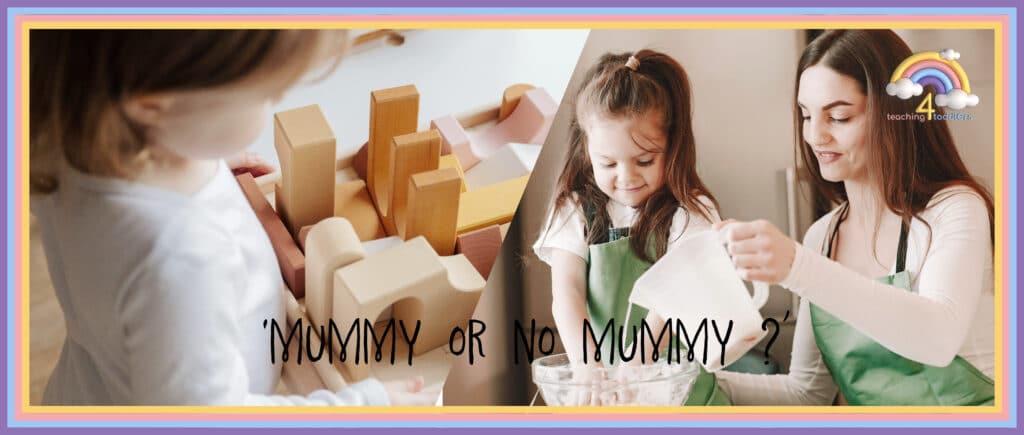
Self-directed learning, also known as child-led learning, is a learning format in which the child is free to choose the learning activity and decide how to engage with that activity.
This approach to toddler learning activities has become very popular in recent years. At least, this is what I have observed on my own journey, supporting the learning needs of my toddler, Nina.
The theory goes that providing the toddler with a significant level of autonomy in the learning activity will enhance their need to apply key learning functions, such as decision making, sensory engagement, self-confidence, and curiosity.
There is a significant amount of academic research into the subject, which, from my own reading, confirms the positive benefits of this type of learning approach. The most ‘digestible’ of the papers I have read is The Importance of Child-Led Learning by Teresa Gonczy, published during her time as a professor at Harvard University.
Self-Led Learning v Directed Learning
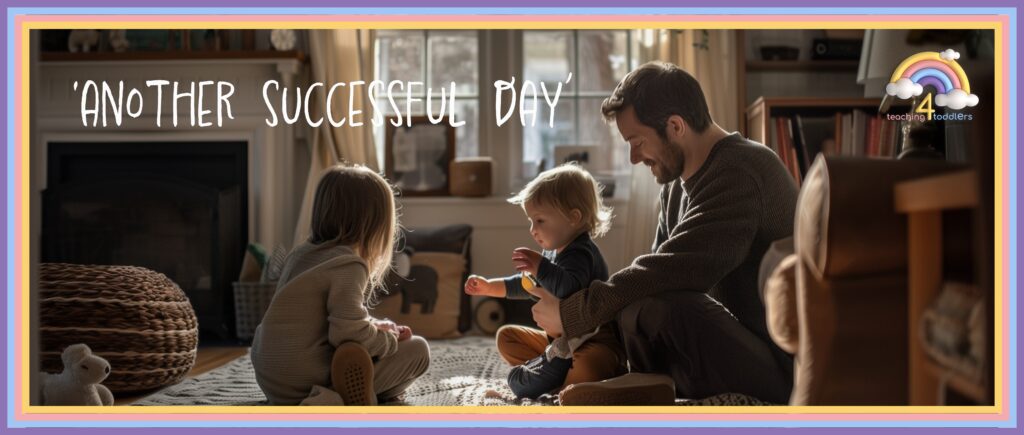
The self-led learning format contrasts with ‘Directed learning’ or ‘parent-led learning’, which requires a far greater level of parental engagement.
We (my partner Ailin and I) believe that both learning formats have a place in our toddler’s learning journey. We cover the concepts in greater detail in these guides:
Directed Learning – A Parent’s Guide; and
Self-directed learning – A parent’s Guide.
What we like about child-led learning is that it empowers our toddler to make her own decisions and for greater self-exploration. It represents a major shift from a traditional parent or teacher-led learning approach.
Personally, we found that at the toddler age, a moderate level of parent direction and engagement was required. Without it, the session turned into unstructured playtime.
Self-directed learning indeed harnesses the power of curiosity in a toddler. It is believed to contribute positively towards a child developing a natural interest in learning.
We found that, with a little guidance, it certainly facilitated our little daughter’s exploration of her own interests and ideas.
Adult Scaffolding
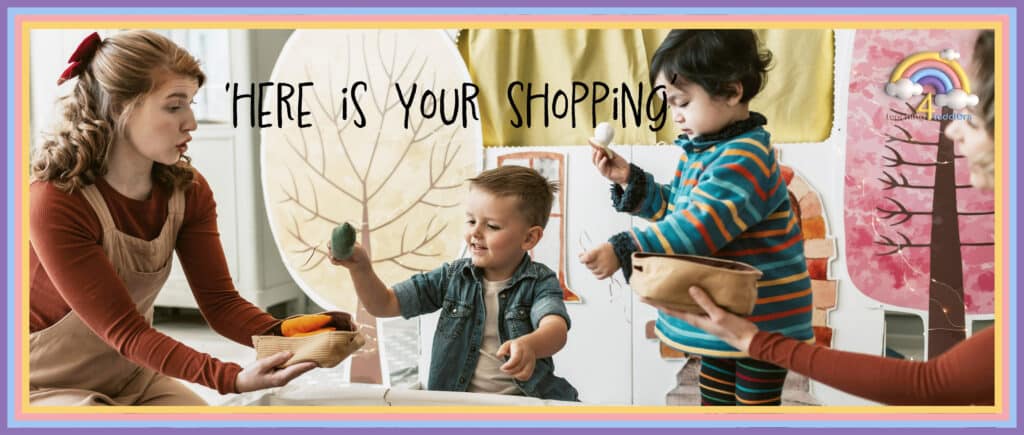
A concept that we have found useful in bringing structure to our daughter’s self-led learning sessions is called ‘adult scaffolding’.
This is where the parent supports the toddler by providing an outline structure for the activity and supportive ‘low level’ engagement through the learning session. For example, the adult will coordinate the setting up of the materials needed for the toddler to engage in their learning play.
We’ll talk about this more below when we explain the self directed learning examples we have experiments with.
In essence, the child must remain the driver of their learning session.
Ok, let’s get to our self directed learning examples for toddlers, which is why your are here.
Self Led Learning Examples
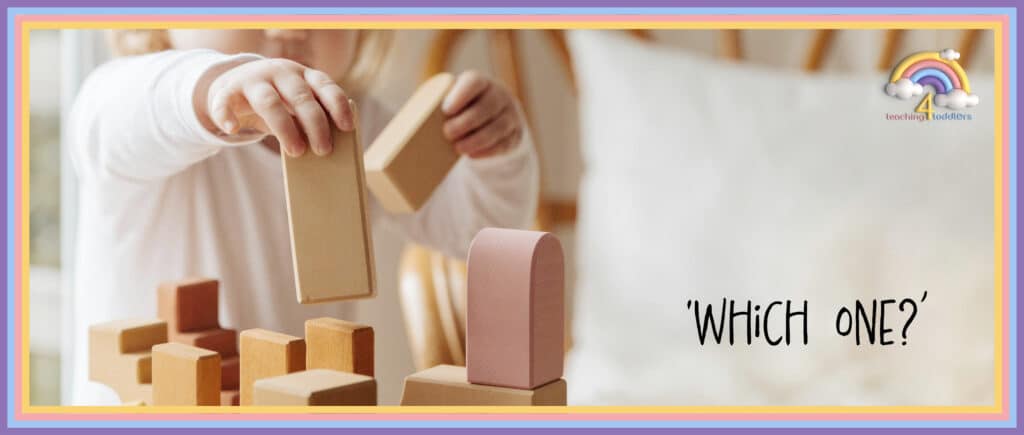
Okay, so if, like us, you are keen to explore this learning concept, then hopefully, this guide will help get you started. We’ve set out 10 examples of self-learning activities that we found worked well for our daughter between the ages of 2 and 3.
Now, let’s explore ten examples of directed learning activities designed specifically for toddlers. Later, we’ll write detailed step-by-step guides for each of the self-learning examples.
1. Animal Exploration Examples
The Animal exploration activities lend themselves very well to self directed learning for your toddler.
Animal drawing
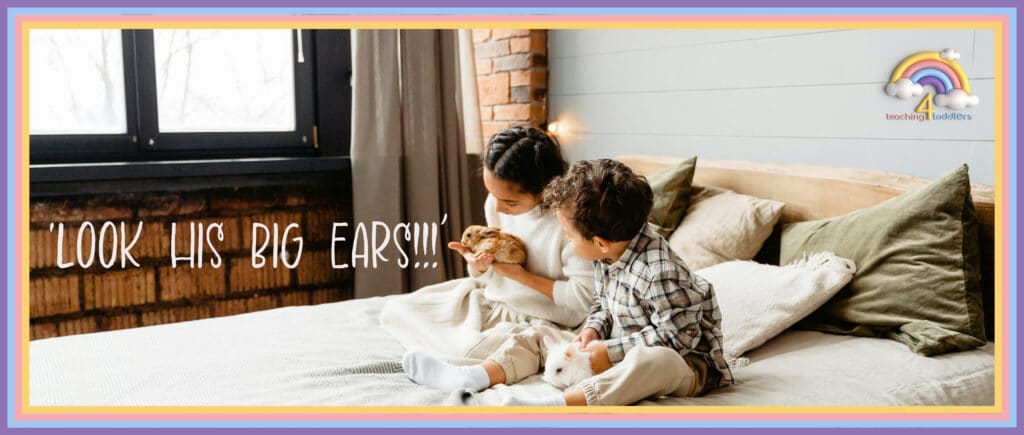
At its most basic level you can show your toddler different animals and ask them to draw their favorite animal.
If you have pets at home, like a rabbit, you can play with them, and the pet then suggests that they draw pictures of their pet.
To engage them in the activity, ask them questions about the animal they have chosen. Whilst they are drawing, compliment them on their work (no matter what it actually looks like).
Animal modelling
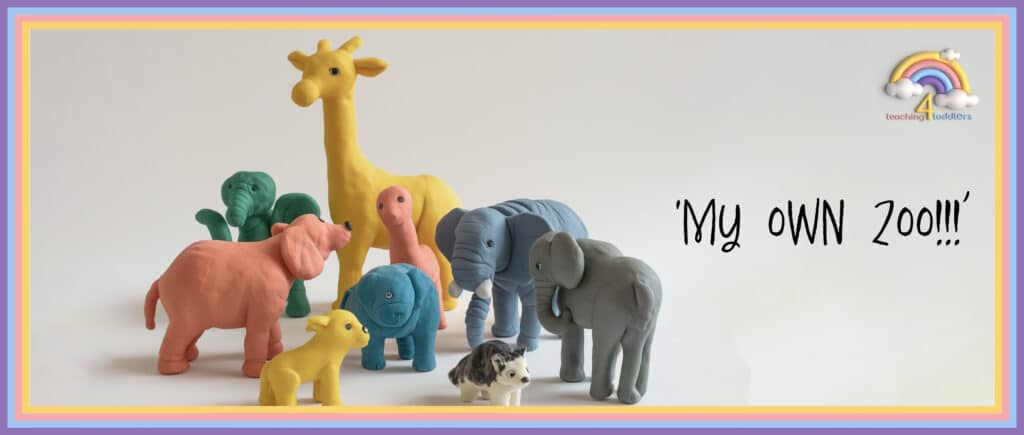
A step up from an animal drawing session is animal modelling using a material such as play dough. We found that our daughter Nina really enjoyed animal model making time. Again, start by showing your toddler pictures of animals and let them choose which one they want to make.
Support the toddler’s engagement by also picking an animal yourself to make. You’ll notice that they will watch what you do and this will help them in their own approach to making their animal model.
Again, compliment your toddler on their final animal model. Engage with them by asking them what sound their animal makes and what its name is.
You can repeat this activity several times until your toddler has a small set of animal models.
Farmyard Craft Collage
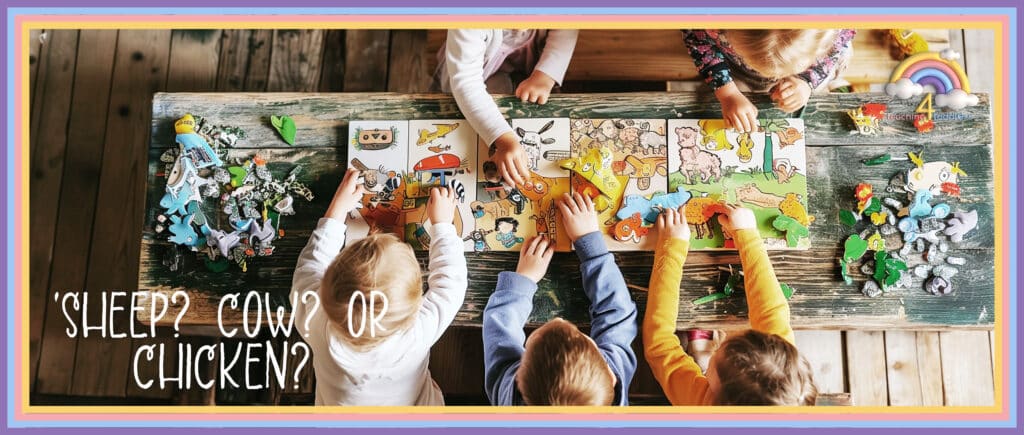
The most advanced of our animal examples for self-directed learning is the farmyard craft collage.
For this activity, you will need a selection of craft materials, e.g., a large cardboard or paper sheet for the background, a selection of coloured paper or card, child-friendly scissors, and glue.
Explain to your toddler that the session aims to create a farmyard.
In our initial sessions we Googled farm scenes and spent several minutes talking about the farm scene with Nina before she started to create her farmyard collage.
Our experience was that this self directed learning example was only really viable once Nina reached the age of three.
Animal Matching
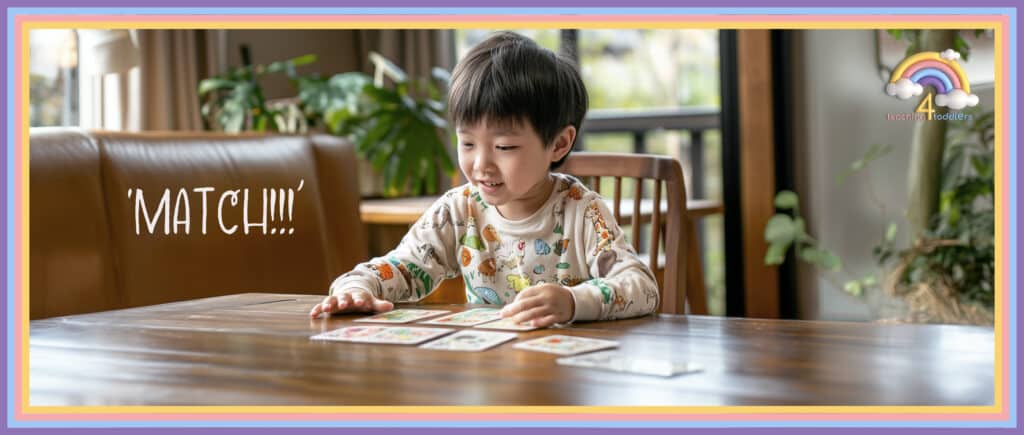
This is a great self-learning activity that a toddler of two years and up can enjoy. The exercise involves matching a selection of animal images. You can do this by drawing the images yourself on paper or card, then mixing them up and asking your toddler to match them.
There are many inexpensive animal matching kits available online. Search Etsy or Amazon and you’ll have plenty to choose from.
The key here is to keep your involvement in the activity very light. Start by session by explaining that the goal is to match the animals together or sort the different animals into collections of the same animal.
The toddler can even be left to ‘play’ with the animal cards and hopefully group them into their correct groups.
Once the child has grouped the animals, ask them questions about them.
Which is their favorite
you can Allow your toddler to choose an animal they like and, with your guidance, gather information about it.
While straightforward, these animal-based self-directed learning examples can be incredibly enriching for your toddler, stimulating their curiosity, thinking and motor function.
2. Sensory Exploration Self Learning
You can use the immediate environment in your home or garden to encourage your toddler to engage in a sensory exploration session. Of course, materials can be brought in to provide a wider range of options.
Support your toddler’s understanding of the senses by talking them through the five senses. There is a lot of scope here to move beyond the traditional sensory bins filled with pasta and rice!
For each game, explain to them which of their senses the chosen activity will ‘practice’.
Indoor obstacle course
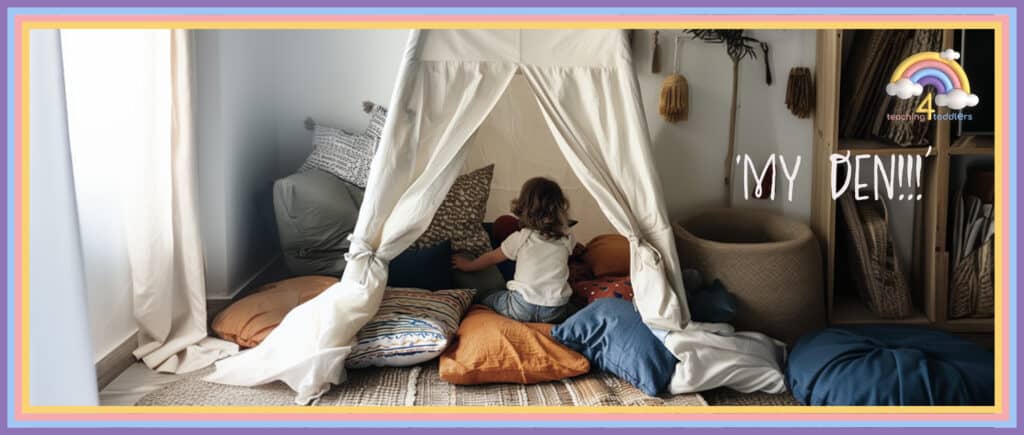
This example involves setting out a range of ‘soft’ items from your home across the length of the room, such as pillows, blankets, duvets, cushions, etc.
Explain to your toddler that the aim of the game is for them to crawl or walk from one end to the other to reach a destination. A simple ‘den’ works great for a destination tehy will want to get to.
Sit back and watch them engage with the items as they move across the room. Will they go over or under the duvet?!
This game exercises their cognitive thinking and their senses of sight and touch.
Kinetic sand self play
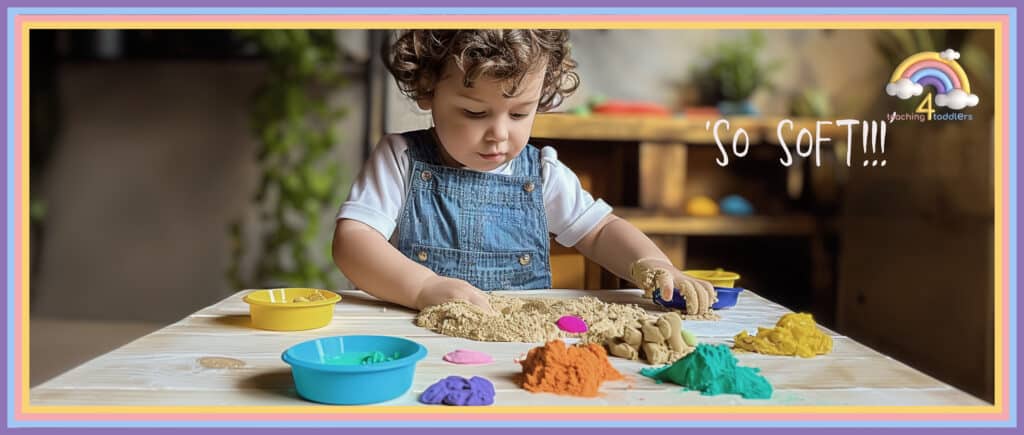
For this simple example, you’ll need an area to set out kinetic sand and a selection of moulds.
Explain to your toddler that the objective of the session is to create something. Let them then decide whether they will use the moulds or shape the sand themself.
Ask them questions about what they are doing while they work with the sand. This will help them focus on making something rather than just playing with it.
The game again focuses on the senses of sight and touch but also develops individual thinking and fine motor skills.
Mystery sensory boxes
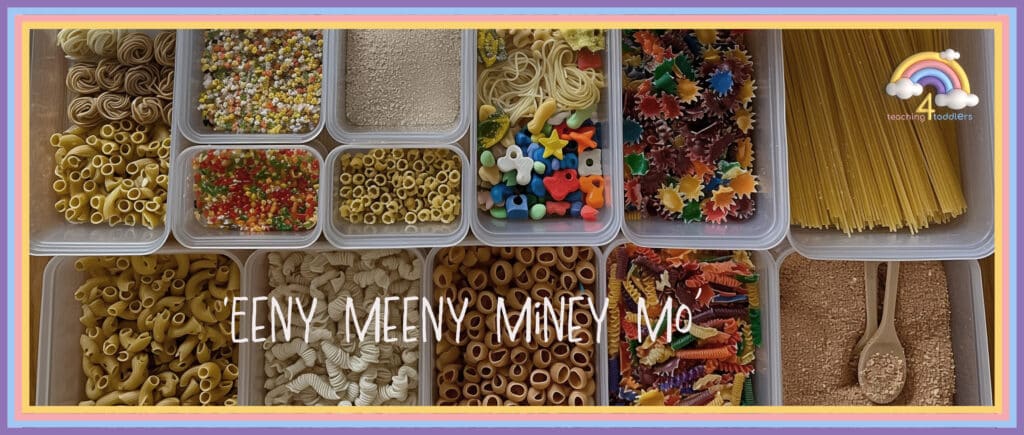
This simple example involves taking several boxes and placing items in them, such as plastic animals or small toys.
Then, fill the boxes with different fillings. These can be things like rice, pasta, cut up bubble wrap.
Explain to your toddler that the objective of the exercise is for them to put their hand in one of the boxes and guess what item they are holding.
This super simple game will engage your toddler’s thought capacity and sense of touch.
Depending on what you have put in the mystery boxes, their sense of smell can also be engaged.
The selection of boxes requires that they choose which one to put their hand into.
While these learning examples may seem very simple, they support the structured stimulation of a toddler’s senses. These senses help toddlers learn about and understand the world around them.
Toddlers can explore different textures, sounds, and smells, which will help them understand the world around them in a new and exciting way.
3. Self Learning about a New Country
These self-learning activities are best suited to toddlers three years and older, as they require a greater level of concentration. However, you can try them out with a two-year-old and see how they get on.
By the age of three, sometimes earlier, your toddler will most likely have a level of understanding that there exists different countries.
Many self-learning scenarios can be set up to assist your toddler in developing an understanding of countries around the world.
As a parent you can make learning about diverse cultures, languages, and geographies an enchanting experience for your toddler.
Flag-making crafts for Self Learning
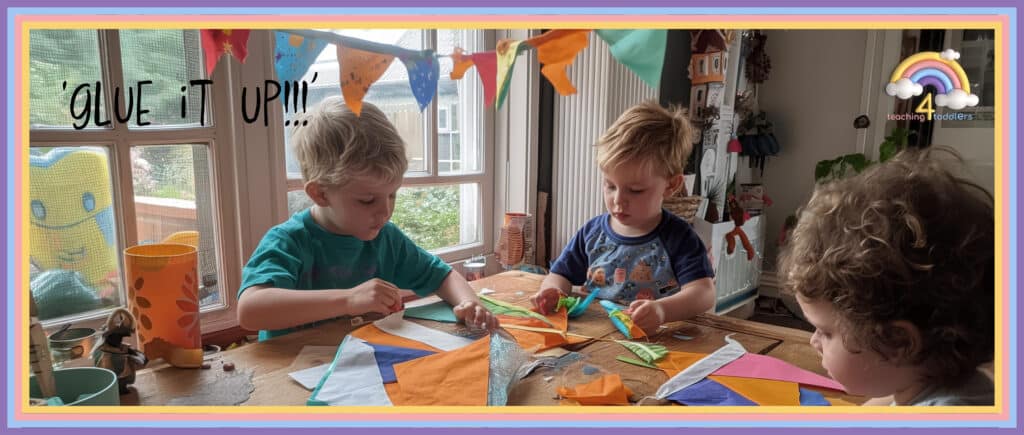
For this activity, you’ll need a traditional crafts kit. Search Amazon for dozens of them.
Start by showing your toddler the flag of your own country. Explain that different countries have different flags.
Show them flags from different countries. You can do this by simply searching for images on Google.
Then ask your toddler which was their favorite flag. Ask them what they like about it.
Then explain that the session aims to create the flag using the crafts kit.
Let them work on creating the flag while you talk to them about things relevant to their chosen country. For example, how far away it is, what food they like to eat, what the weather is like, etc.This narrative you’ll provide will help your toddler think about the country deeper and promote their curiosity.
We had a lot of fun with our daughter Nina, creating flags on A4-sized cards and then sticking each completed flag car to a larger A1 sheet of card.
Once we had several flags on the card, we’d find opportunities to ask her if she remembered which country each flag was from.
New country colouring
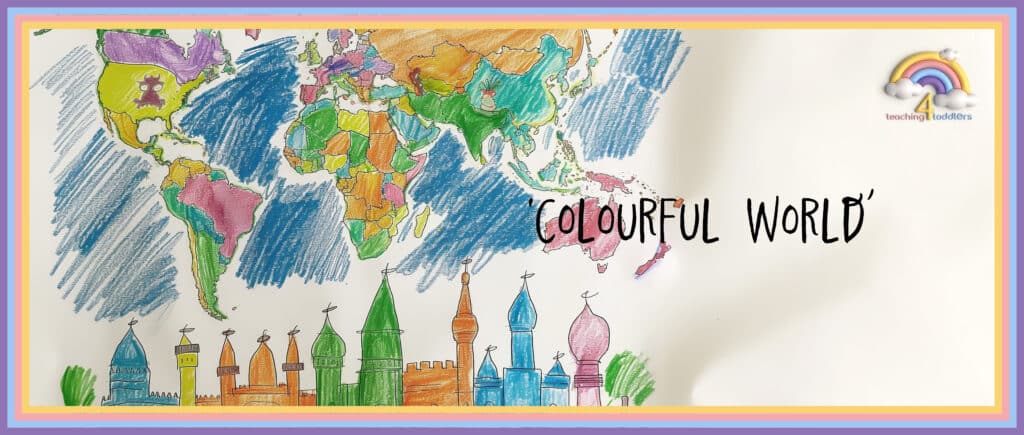
One of the easier self-learning activities a child can engage in is a colouring session. You can buy an inexpensive colouring sheet from a source like Amazon or make one yourself.
Provide your toddler with a colouring sheet that has images specific to the country in question. Give them a set of pen colours that match the colours used in the flag for the chosen country.
Explain to them that the session’s objective is for them to colour in the picture outlines using the colours of that country’s flag.
A super simple colouring exercise. The ‘secret sauce’ to this exercise is in using just the colours that make up the flag of the chosen country. This will assist your toddler in understanding that there are unique differences between each country.
New country reading
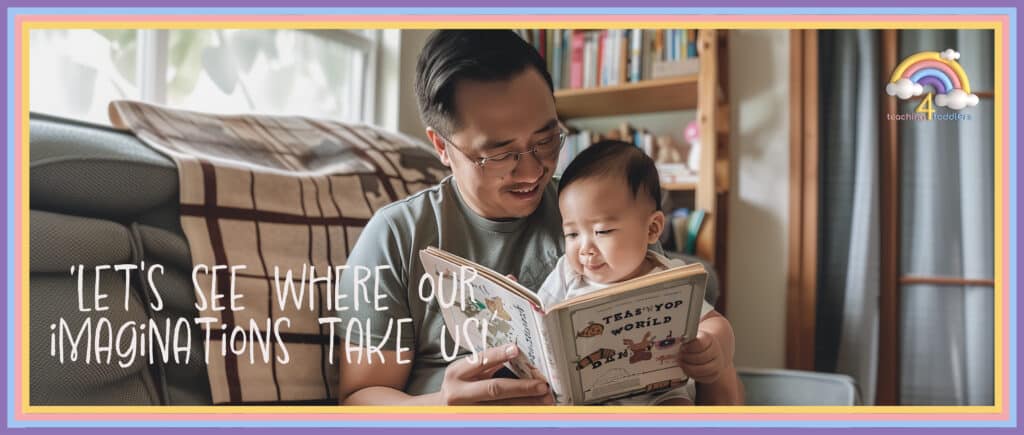
This exercise could be considered parent-led learning as the parent will do the reading. However, let your toddler choose the country.
Start by showing your toddler a map of the world. Show them where their country is and explain that many different countries make up the world.
Using your iPad or computer, show them images relevant to each country and explain that together you will start to read books with stories set in each country. Ask them to pick a country based on the countries you have talked about.
Then hop over to Amazon, buy a book relevant to the chosen country, or visit your local library.
Rinse and repeat, as the saying goes!
We found that our daughter was particularly curious about countries that other children in her play group were from. We’ve made this activity an ongoing weekly reading session.
We bought the first few books from Amazon, but once it became a weekly activity, we headed to the local library and were surprised at the many available books. Be sure to check out your local library.
4. Audio Books for Toddler Self Led Learning

Like so many young children, your toddler most likely craves screen time. In an effort to encourage our little daughter to enjoy alternatives to the screen, we explored audio books.
We bought our daughter a low-cost set of Bluetooth kids’ headphones. We then headed over to Audible, where we took out a free trial monthly subscription. As of the date of writing this guide, they now offer a three-month trial for £0.99.
Once our trial expired we moved to free audio book sources. We had to hunt about to find a selection of good ones. We can recommend Story Nory—Since 2005, this company has published free audio stories for toddlers and older kids. It accepts donations to support its efforts.
You can visit its website here and find it on the Apple App Store.
Then, set aside ‘quiet listening time’ for your toddler.
Explain to them that during that time, they can sit or lie in their chosen place and spend a pre-agreed amount of time listening to stories.
We found that ‘quiet’ story time helped to calm our toddler down. We made a point of talking to her about the stories she had listened to and asking her questions about them.
As with ‘new country reading time’ self led story time has become a weekly activity that we have introduced into Nina’s learning routine.
Remember that audiobooks are not merely a source of entertainment for your toddler; they are instrumental in enhancing a child’s listening skills, vocabulary, and language comprehension.
In addition, you’ll likely find that this activity has a very positive, calming effect on your toddler.
5. Journaling for Self-Directed Learning
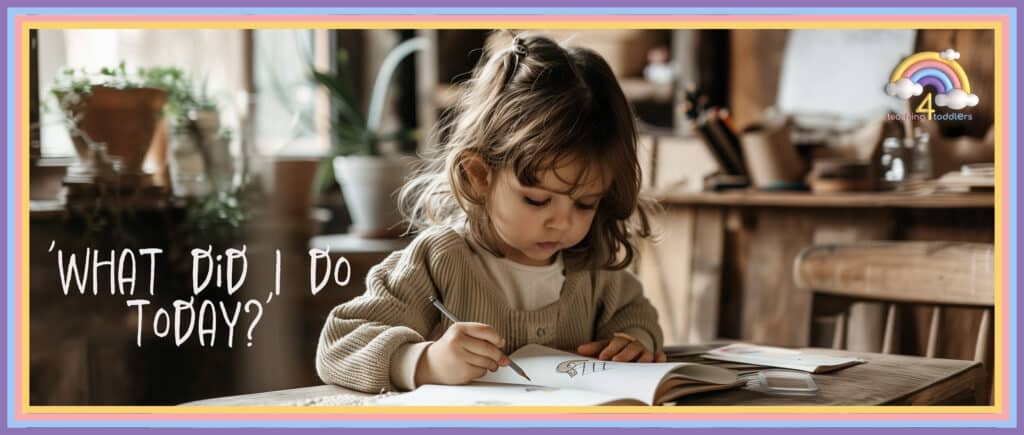
Our last suggested idea for an example of a self-directed learning activity for your toddler is journaling. This is an interesting one that we were unsure about when we first read about it.
However, having turned three Nina has really taken to it. When we say ‘journaling’ at the toddler level, we are, of course, not talking about writing. In this case you will be encouraging your toddler to draw something, or several items, relevant to their day.
The objective of the exercise from a learning perspective is:
- Encouraging the toddler to reflect on their day.
- Practicing their creative and motor skills through drawing.
- Developing a sense of mindfulness in your toddler.
Start by buying your toddler a bright colorful journal. Explain to them that the journal will allow them to draw in to express what they have enjoyed about the day, or week.
Journaling can be a daily activity but given the realities of busy schedules you may opt, like we have, for a weekly journaling session that typically lasts about 15 minutes.
Let your toddler choose the journal you will buy from a selection that you will show them. You want the journal to be a personal choice and something that they have chosen.
If you can’t buy one, you can create one yourself. A couple of dozen pieces of blank paper punched and held together with a tie or string will work just fine. To make the journal more personal, encourage your toddler to colour on the cover sheet.
Once you have your toddler journal, decide on whether it will be a daily or weekly activity. Assuming you go weekly, set aside 15 minutes on the same day each week.
Getting Started with Your Toddler’s Journaling
Sit your toddler down and talk to them about their week. Remind them what they have done and point out any notable events they have engaged with.
Ask them what they liked best about that week. Then, for example, ask them what shape or shapes they think of when they think about what they most enjoyed that week.
Now, move on to the journaling. Ask your toddler to draw what they said they thought of. This could be a smiley face, a shape, a person, a pet, or an animal.
Yes, it is that simple. The purpose is less about what the toddler puts into their journal at this stage in their learning journey and more about the ‘journaling experience’. Try it out. We found it to be a great self-directed learning example for our toddler. I’m sure you will see positive behaviour development in your toddler from this exercise.
I also suggest watching this video from Playing with a Purpose, which gives great examples of journaling for toddlers.
My Final Thoughts on Directed Learning for Toddlers
My parting thoughts on the topic are that it definitely warrants inclusion in your own toddler’s learning routine. Certain core learning areas such as reading, writing, linguistics and development lend themselves better to parent-led learning.
However, as you’ll have seen from the examples above, child-led learning activities lend themselves to fostering many positive attributes in a developing toddler. For that reason, we made an active decision to incorporate several of the more structured self-led learning activities into Nina’s routine, particularly the audio quiet time and the world reading. We also regularly encourage self-led sensory play sessions.
These directed learning examples can be adapted according to your toddler’s specific interests and abilities, which is the beauty of the self-directed learning approach.
Keep in mind that the role of adults remains crucial in these learning activities: providing resources, guidance, and a safe learning environment.
If you have any comments on this guide, please feel free to add them below. Do check out our other guides to toddler learning.


